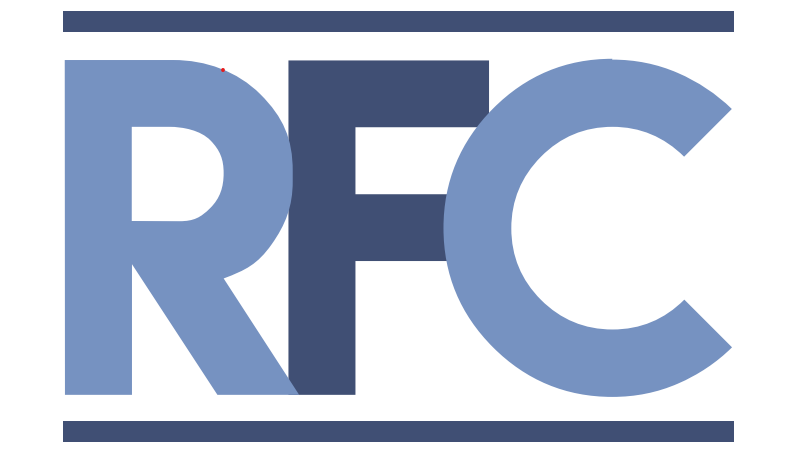Predictors of Social Networking and Individual Performance-Citizen2.0 | RightFitCommunications
Predictors of Social Networking and Individual Performance-Citizen2.0
Chapter 8
DOI: 10.4018/978-1-4666-0318-9.ch008
Michael A. Brown Sr.
Old Dominion University, USA
Mohamad Alkadry
Florida International University, USA
Predictors of Social Networking and Individual Performance
ABSTRACT
Public organizations that can successfully predict participation and understand the value propositions that drive performance can be very effective in social networking, which is a process and practice by which people and organizations are drawn together by family, work, or hobby to interact via websites. This chapter examines the relationship between social networking and individual performance and suggests a social networking participation model that takes advantage of innovation adoption and other important theories to help public organizations understand acceptance or rejection of participation. In a recent study, responses from 191 public administrators were analyzed using structural equation modeling (SEM) to focus on the relationship between participation and five constructs: perceived usefulness, perceived ease of use, perceived improvement potential (PIP), intra-organizational trust, and type of use. The study found favorable model fit statistics that support positive correlations between the latent variables examined and the dependent variable, participation. The results demonstrate the potential of the survey instrument to serve as an adoption and participation methodology that can provide public organizations with knowledge that predicts and promotes social networking activities as they relate to perceived performance improvement. This approach arms organizations and leaders with a new lens with which to focus on the value proposition regarding perceived improvement potential based on social networking participation.
Copyright © 2012, IGI Global. Copying or distributing in print or electronic forms without written permission of IGI Global is prohibited.


